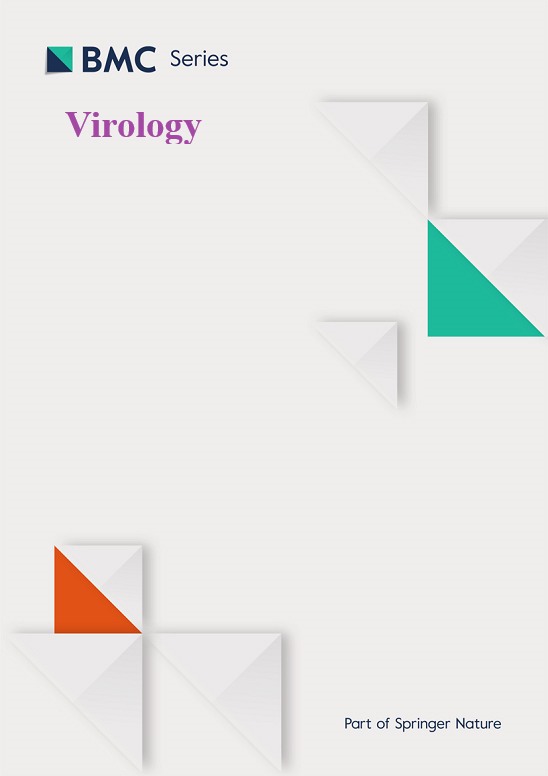Oncolytic senecavirus A in tumor immunotherapy: Mechanisms, progress, and future directions
IF 2.8
3区 医学
Q3 VIROLOGY
引用次数: 0
Abstract
Oncolytic virotherapy has emerged as a promising immunotherapy strategy against cancer. As the first picornavirus tested in humans for its oncolytic potential, Senecavirus A (SVA) possesses several advantageous features, including its small size, rapid replication, and ability to penetrate the vascular system of solid tumors, allowing for the specific targeting and lysis of tumor cells. Additionally, SVA does not integrate into the host genome, thus avoiding potential genomic damage, and it lacks oncogenes or other virulence genes. Importantly, no significant pathogenic effects have been observed in humans or companion animals. Due to its simple genetic structure, SVA is amenable to various genetic modifications, allowing it to carry exogenous genes to further enhance tumor therapy. This review summarizes current knowledge of SVA's mechanisms of action and its progress in oncolytic therapy research, while also addressing the challenges and future directions.
溶瘤性赛尼卡病毒A在肿瘤免疫治疗中的作用:机制、进展和未来方向。
溶瘤病毒疗法已成为一种前景广阔的抗癌免疫疗法。作为第一种在人体中进行溶瘤潜能测试的皮卡病毒,塞内卡病毒 A(SVA)具有多种优势特性,包括体积小、复制快、能够穿透实体瘤的血管系统,从而能够特异性地靶向和溶解肿瘤细胞。此外,SVA 不会整合到宿主基因组中,从而避免了潜在的基因组损伤,而且它缺乏癌基因或其他毒力基因。重要的是,在人类或伴侣动物身上没有观察到明显的致病作用。由于其简单的基因结构,SVA 可以进行各种基因改造,从而携带外源基因,进一步提高肿瘤治疗效果。本综述总结了目前对 SVA 作用机制的了解及其在溶瘤疗法研究中的进展,同时也探讨了面临的挑战和未来的发展方向。
本文章由计算机程序翻译,如有差异,请以英文原文为准。
求助全文
约1分钟内获得全文
求助全文
来源期刊

Virology
医学-病毒学
CiteScore
6.00
自引率
0.00%
发文量
157
审稿时长
50 days
期刊介绍:
Launched in 1955, Virology is a broad and inclusive journal that welcomes submissions on all aspects of virology including plant, animal, microbial and human viruses. The journal publishes basic research as well as pre-clinical and clinical studies of vaccines, anti-viral drugs and their development, anti-viral therapies, and computational studies of virus infections. Any submission that is of broad interest to the community of virologists/vaccinologists and reporting scientifically accurate and valuable research will be considered for publication, including negative findings and multidisciplinary work.Virology is open to reviews, research manuscripts, short communication, registered reports as well as follow-up manuscripts.
 求助内容:
求助内容: 应助结果提醒方式:
应助结果提醒方式:


